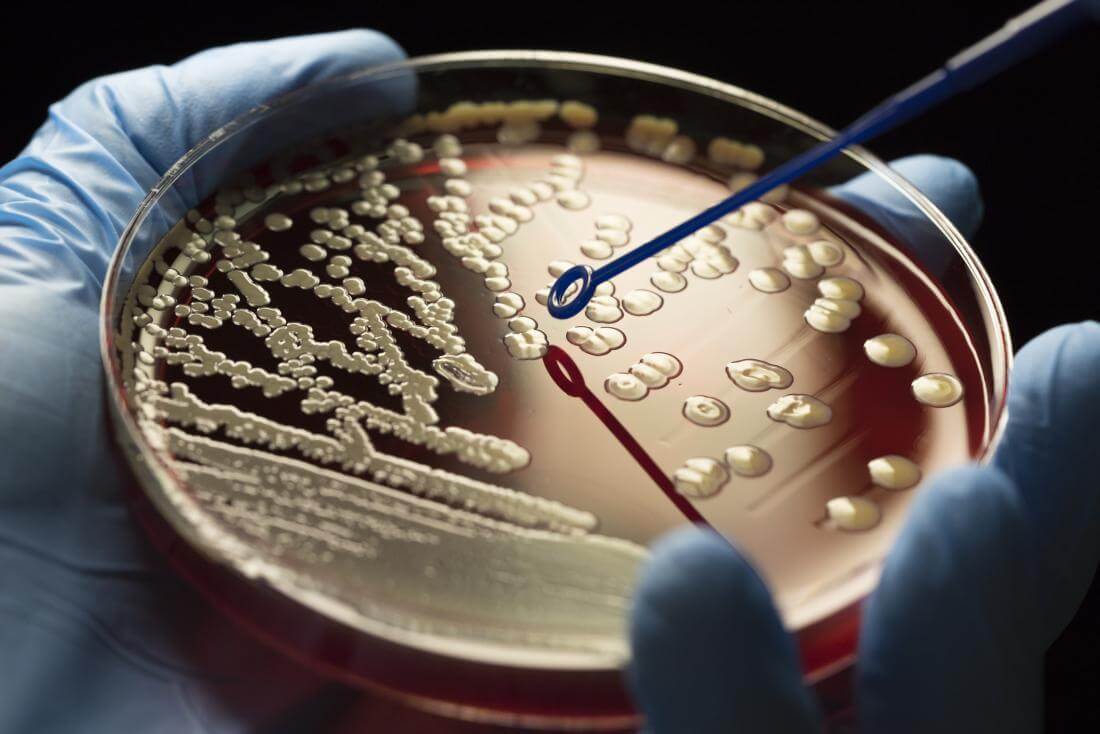Bacterial spoilage is a significant concern in the food industry, as it can lead to product deterioration, reduced shelf life, and potential health risks. Understanding how to identify bacterial spoilage is essential for maintaining product quality and ensuring consumer safety.
Signs of Bacterial Spoilage:
Bacterial spoilage in food products can be identified by several key indicators:
-
Unpleasant Odor: An off-putting or foul odor that differs from the normal scent of the product.
-
Discoloration: Noticeable changes in color, such as darkening, browning, or spotting.
-
Texture Changes: Texture alterations, such as sliminess, mushiness, or a gritty texture.
-
Abnormal Taste: A sour, bitter, or rancid taste that deviates from the product's usual flavor profile.
-
Gas Production: Formation of gas pockets or bloating in packaging due to microbial activity.
Prevention Strategies:
Preventing bacterial spoilage requires a combination of proper handling, storage, and sanitation practices:
-
Hygiene: Maintain strict hygiene practices during food handling, processing, and packaging to prevent cross-contamination.
-
Temperature Control: Store perishable foods at proper temperatures to inhibit bacterial growth.
-
Moisture Control: Minimize moisture in packaging to discourage bacterial proliferation.
-
Sanitation: Regularly clean and sanitize food preparation surfaces, equipment, and storage areas.
-
Packaging: Use airtight and sterile packaging to minimize exposure to contaminants.
Importance of Effective Food Safety Practices:
Effective food safety practices play a crucial role in preventing bacterial spoilage. Regular training for food handlers, strict adherence to hygiene protocols, and continuous monitoring of storage conditions are essential components of safeguarding against bacterial contamination.
Leveraging SGS Digicomply for Food Safety Excellence:
SGS Digicomply empowers food safety professionals with valuable insights and resources to enhance food safety practices. By staying informed about regulatory requirements and best practices, professionals can effectively prevent bacterial spoilage and ensure the quality and safety of food products.
Conclusion: Maintaining Quality and Safety Through Vigilance
Identifying bacterial spoilage is a critical skill in maintaining the quality and safety of food products. By recognizing the key indicators and implementing effective prevention strategies, food safety professionals can contribute to a safer and more reliable food supply chain, ensuring that consumers enjoy products of the highest quality. Explore SGS Digicomply platform now.





.webp?width=1644&height=1254&name=Food%20Safety%20Dashboard%201%20(1).webp)
